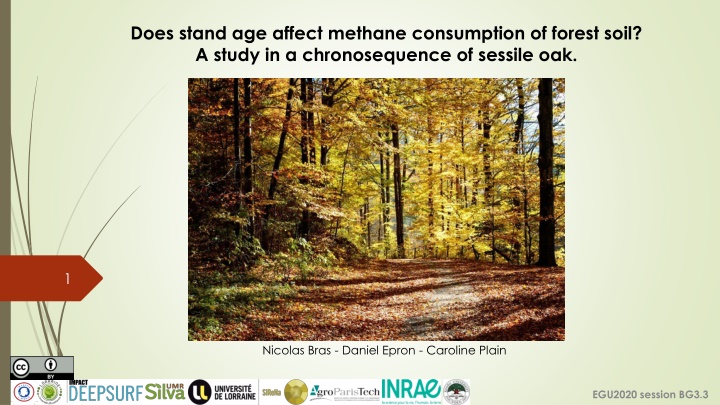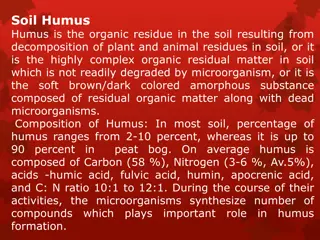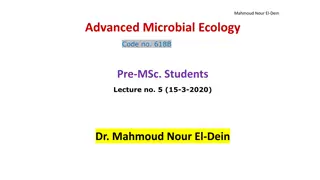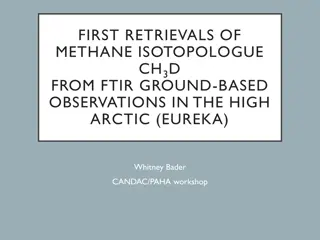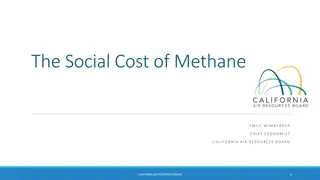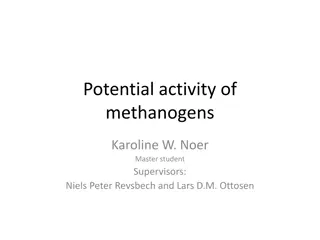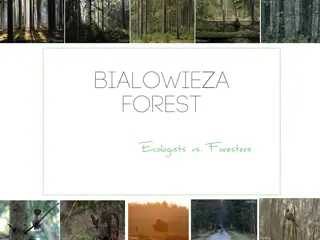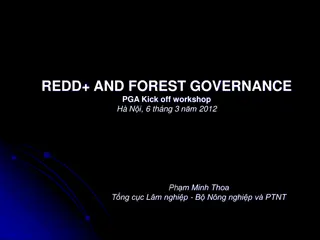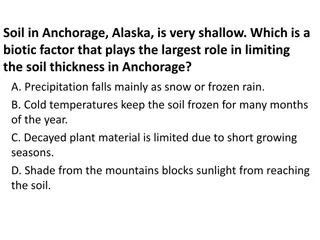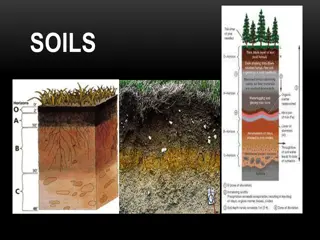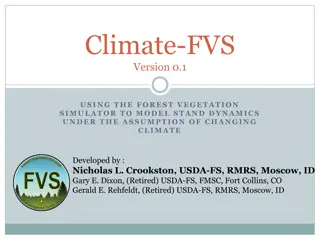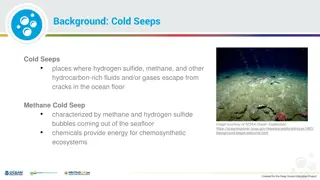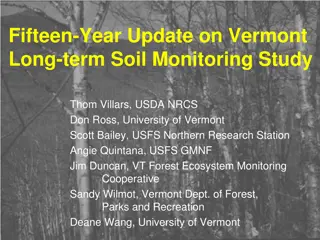Study on Methane Consumption in Forest Soil Across Stand Ages
The study investigates the impact of stand age on methane consumption in forest soil using a chronosequence of sessile oak stands. Findings show that methane consumption varies with air-filled porosity and mineral nitrogen rather than stand age. Spatial variability in methane consumption is linked to factors like gas diffusion and soil content variations. Overall, no significant effect of stand age on methane consumption was observed in the oak chronosequence.
Download Presentation

Please find below an Image/Link to download the presentation.
The content on the website is provided AS IS for your information and personal use only. It may not be sold, licensed, or shared on other websites without obtaining consent from the author.If you encounter any issues during the download, it is possible that the publisher has removed the file from their server.
You are allowed to download the files provided on this website for personal or commercial use, subject to the condition that they are used lawfully. All files are the property of their respective owners.
The content on the website is provided AS IS for your information and personal use only. It may not be sold, licensed, or shared on other websites without obtaining consent from the author.
E N D
Presentation Transcript
Does stand age affect methane consumption of forest soil? A study in a chronosequence of sessile oak. 1 Nicolas Bras - Daniel Epron - Caroline Plain EGU2020 session BG3.3
Factors influencing the methane consumption : Stand age 2 Ageing of forest stands: soil decompaction, increase in evapotranspiration, increase N mineralisation decrease N demand Evapo transpiration Decompaction Total N N demand Porosity Soil water content Increase in air-filled porosity and mineral nitrogen with stand age (cf diagram) Air filled porosity AFP = Porosity - SWC N Inhibition of methane consumption by mineral nitrogen (competitive inhibition of methane monooxygenases by ammonia) Mineralisation Diffusion Increase in methane consumption due to high air-filled porosity (enhanced diffusion of CH4 and O2) Methane consumption ? Mineral N EGU2020 session BG3.3
Method 3 Chronosequence of 16 stands of sessile oaks from 20 to 143 years old Soil sampling at the end of summer 2018 and 2019 during a period of high air- filled porosity and in early spring 2019 during a period of low air-filled porosity. 12 soil cores (0-5 cm deep) sampled with metal cylinder (8 cm in diameter) Incubation at 20 C in a climatic chamber Methane consumption calculated from the decrease in CH4 concentration recorded by a gas analyser (integrated cavity output spectroscopy) Soil mineral nitrogen concentration measured with a continuous flow spectrometric analyser after KCl extraction Porosity, soil water content and air-filled porosity measured on a 20 g subsample of sieved soil oven-driedat 105 C EGU2020 session BG3.3
Main results 4 Variation of methane consumption between stands correlated with air-filled porosity in spring 2019 (r = 0.91) Variation of methane consumption between stands correlated with mineral nitrogen in summer 2019 (r = -0.72) Air-filled porosity, mineral nitrogen and methane consumption: no significant trend related to stand age EGU2020 session BG3.3
5 Conclusion No effect of stand age on methane consumption in our oak chronosequence The positive effect of stand age on methane consumption reported in previous studies cannot be considered as widespread Spatial variability of methane consumption between stands is related to: Air-filled porosity when gas diffusion is the limiting factor of methane consumption in spring, due to variations in soil water content Mineral nitrogen in the 8 youngest stands in summer 2019 EGU2020 session BG3.3
